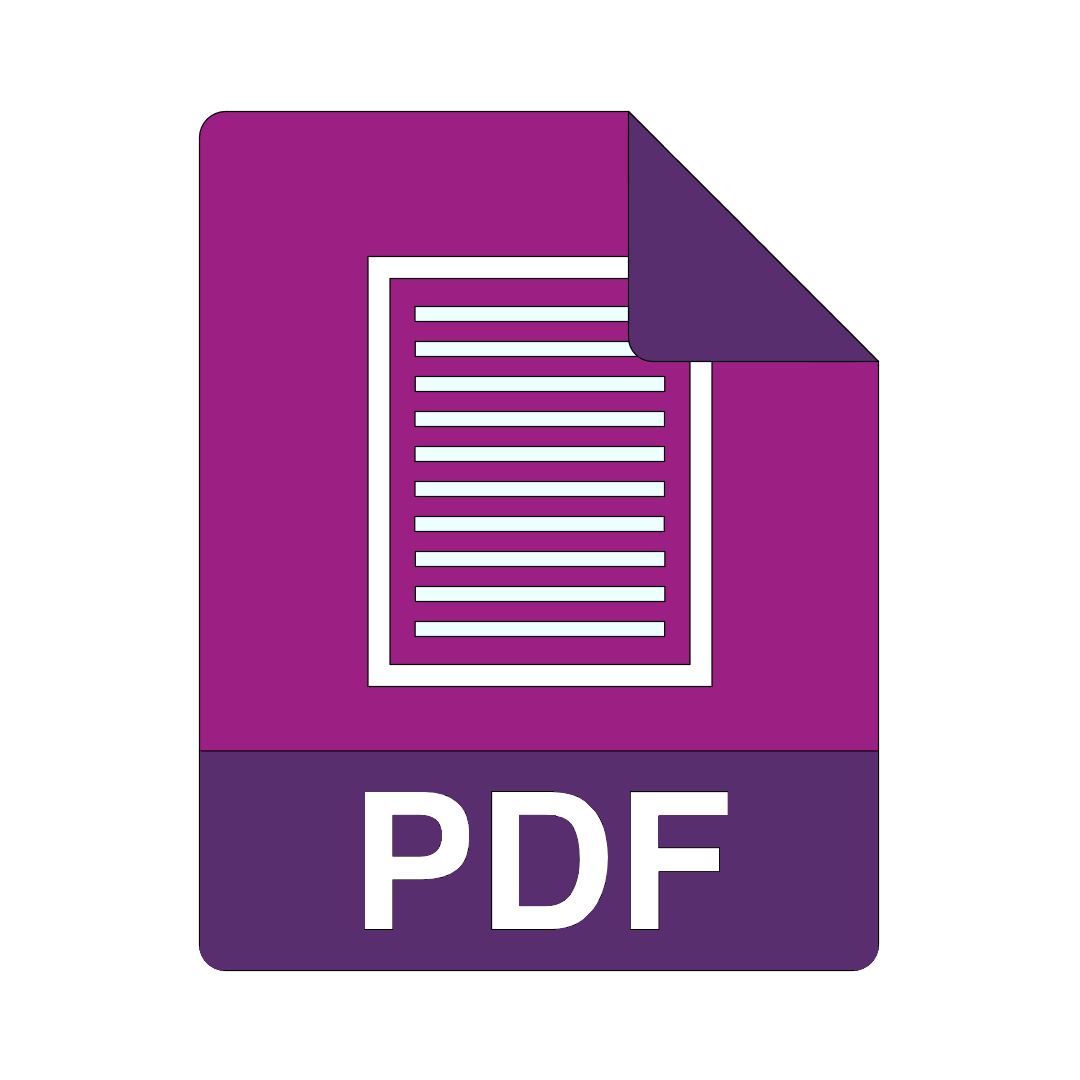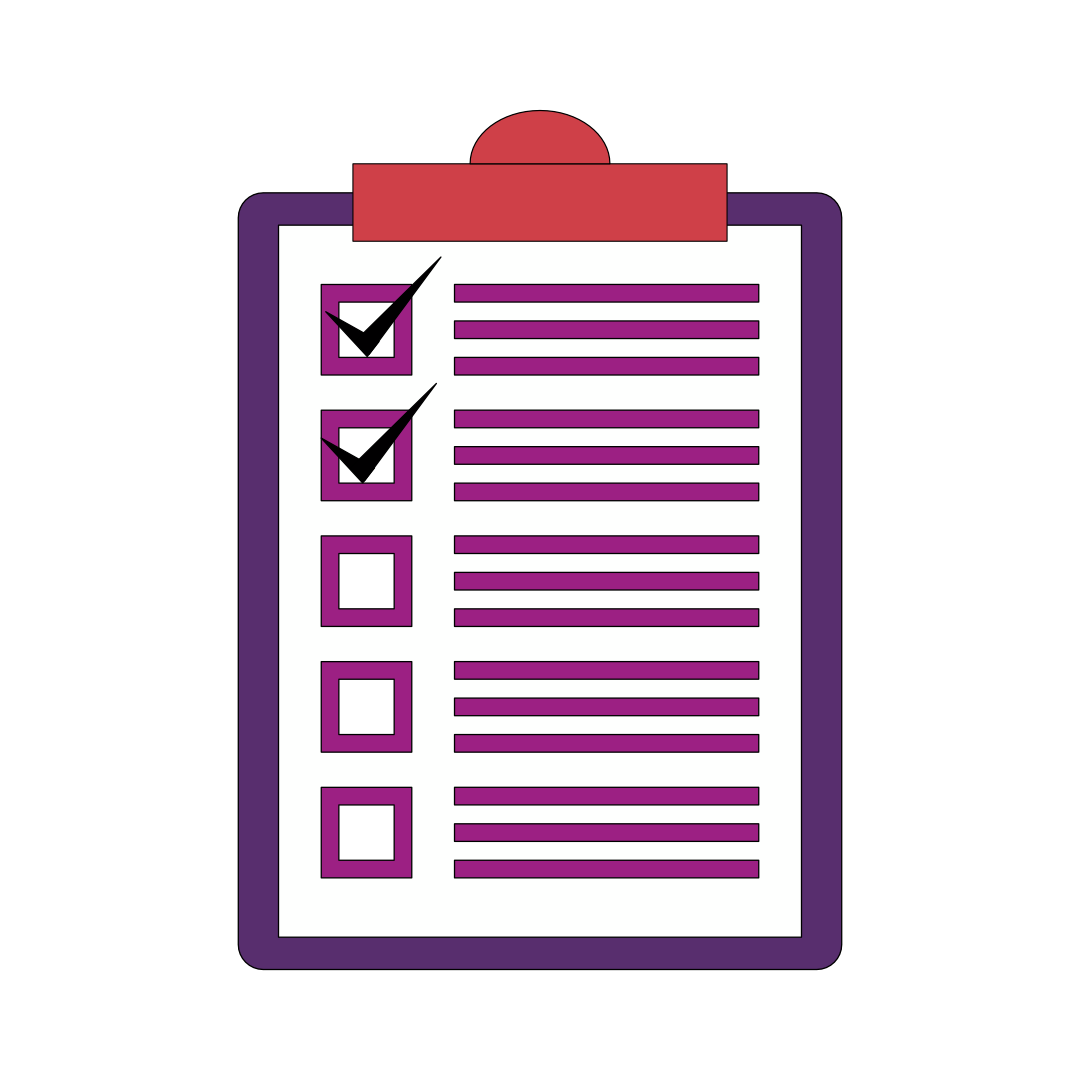COMMUNICATION
Meetings and Presentations
The behaviours in the table below show how you can demonstrate the skill of Meetings and Presentations at each of the competency levels in which it appears. Click on the plus sign to show the behaviours at that level.
Level 1
- Uses communication skills to have a positive impact and be effective in meetings and presentations.
Level 2
- Uses communication skills to chair meetings effectively and invites questions at any level.
Level 3
- Uses facilitation skills effectively to make meetings productive.
Resources
Below you will find learning resources to help you develop the skill of Meetings and Presentations. Click on the links to access the resources.

This PDF provides an overall way of thinking about the elements of a meeting (Content, Process, Relationship), defines your role as a facilitator or chair, and gives you practical techniques and skills. Many hours are wasted in unproductive meetings; this will equip you to be effective in running a meeting, and to save hours of time for other people.
Assertive Behaviour - Push Pull
This PDF covers a technique to help someone else reach an assertive position, ‘pulling’ them out if they are too passive, and ‘pushing’ back if they are too aggressive. It will help you to reach a balanced outcome and make the other person feel heard.
Managing Information Effectively
This PDF provides an in-depth explanation of how we structure and manage information at different levels of detail and complexity. It covers how we communicate, including common causes of miscommunication, and what we can do to communicate more clearly depending on the person/group we are engaging with. It is aimed at structuring information at an individual level.
Managing Complex Information
This PDF covers the ways in which we process information differently and how that can lead to miscommunication, even when we’re not aware of it. It describes the different levels at which we group information and how everybody works at different levels at any one time, following up with a technique to structure a meeting so that everyone is on the same page. This PDF is aimed at structuring information in a group.
Managing Time and Scope
This PDF covers the different levels of scope and range of time that people automatically prioritise and how that can cause conflict. For example, someone with a very immediate, detail focused approach will prioritise differently to someone with a long-term, broad vision. All focuses are important and cover one another’s blind spots.

VIDEOS
Managing Information Effectively
This video provides an in-depth explanation of how we structure and manage information at different levels of detail and complexity. It covers how we communicate, including common causes of miscommunication, and what we can do to communicate more clearly depending on the person/group we are engaging with. It is aimed at structuring information as an individual when you are communicating with another.
Managing Complex Information
This video explains the ways in which we process information differently and how that can lead to miscommunication, even when we’re not aware of it. It describes the different levels at which we group information and how everybody works at different levels at any one time. It shows you a technique to analyse and describe a topic so that everyone in a group can contribute, can clearly follow, and can be engaged.
Managing Time and Scope
This video explains how people automatically prioritise different levels of scope and range of time and how that can cause confusion and conflict. For example, someone with a very immediate, detail focused approach will prioritise differently to someone with a long-term, broad vision. All focuses are important and cover one another’s blind spots. Learn how to use this technique with a group or team and how to explain a complex topic to others.

Approach
Review your handling of a meeting and consider how you can enhance your approach. Read 'Chairing and Facilitation of Meetings'.
Purpose
Ensure the purpose and outcome of a meeting and each agenda item are clear to all participating.
Efficiency
Start and finish on time and avoid interruptions. Be clear about each person’s role in the meeting. Consider inviting people only for the time slots that are relevant for them, so they don’t waste their time. This requires good agenda discipline. Make a point of following through actions agreed with the rest of the team before deadlines are due.
Handling Information
A lot of time is wasted in meetings giving and receiving information that is quickly forgotten, or not worked through appropriately before another topic is started. Read the handouts giving techniques to help you with that and choose an important topic to prepare for and practise. 'Managing Information Effectively', 'Managing Complex Information', 'Managing Time and Scope'.
Language
Read 'Assertive Behaviour – Push Pull' and change how you facilitate meetings or make contributions. For example, increase the rate of summarising and testing understanding.
